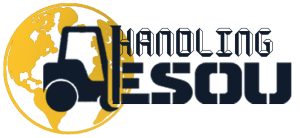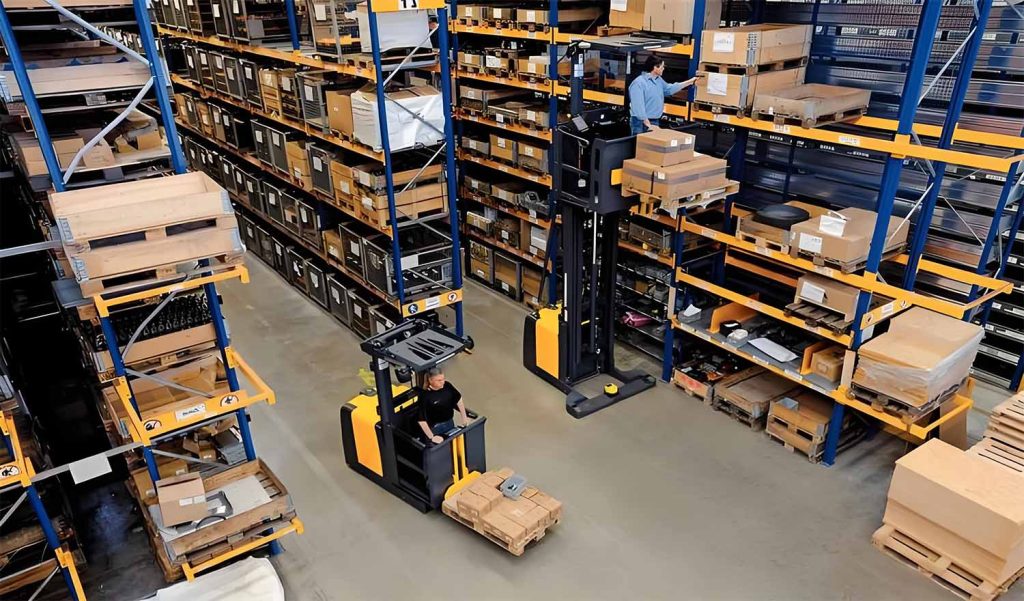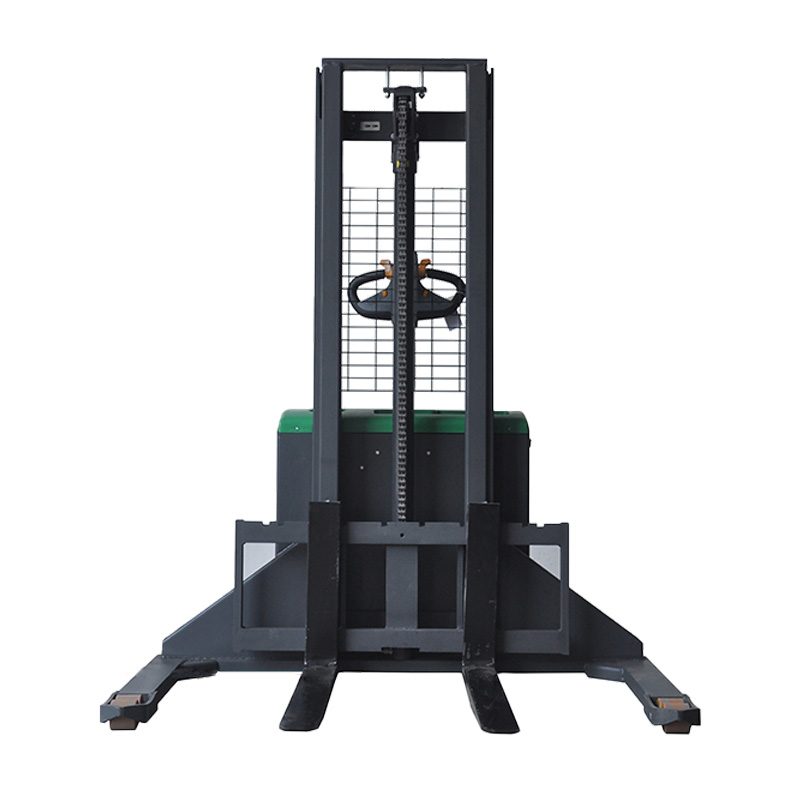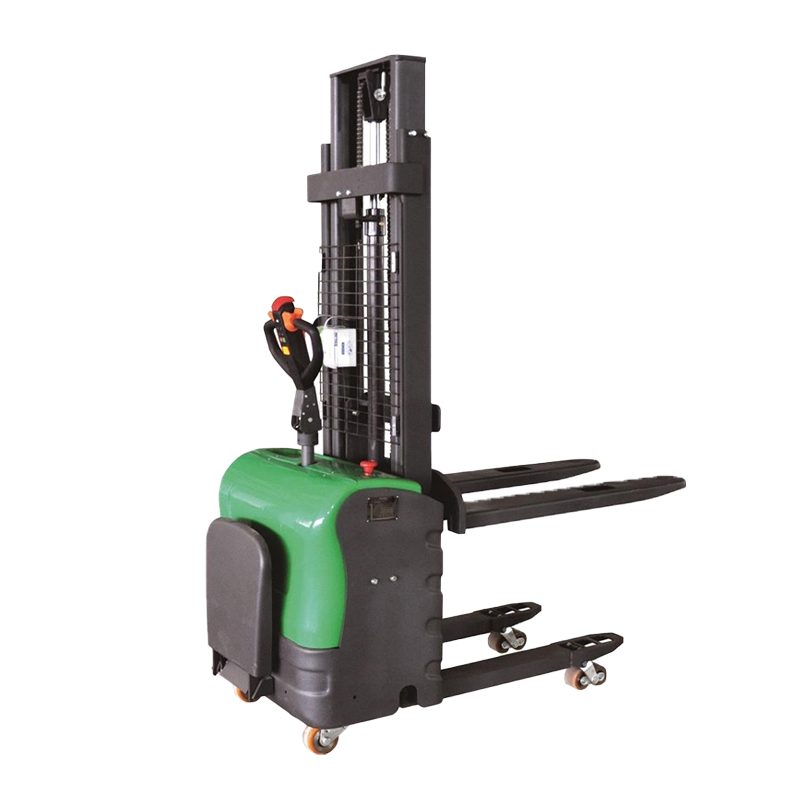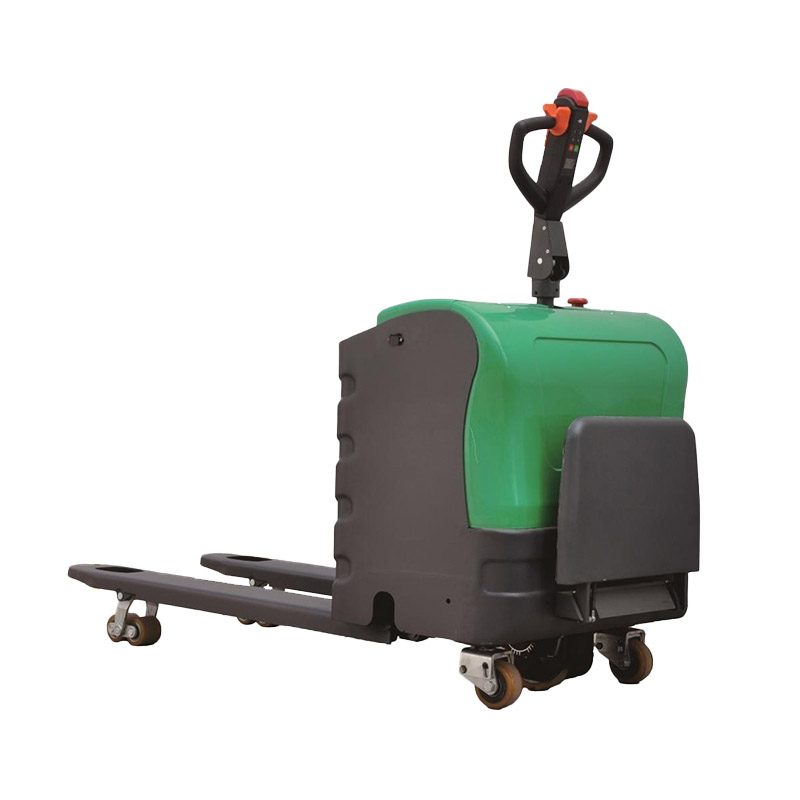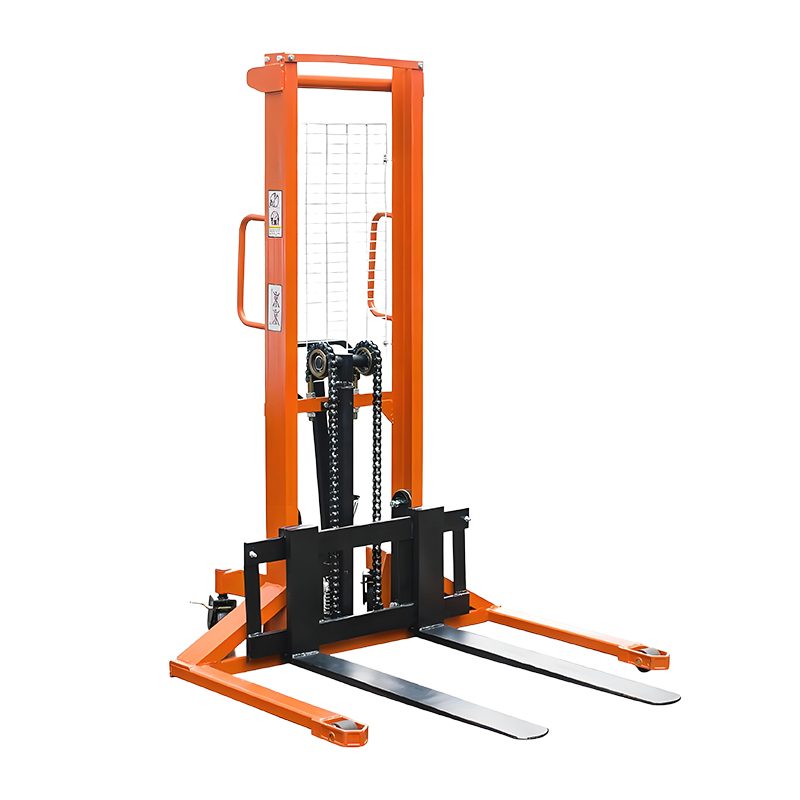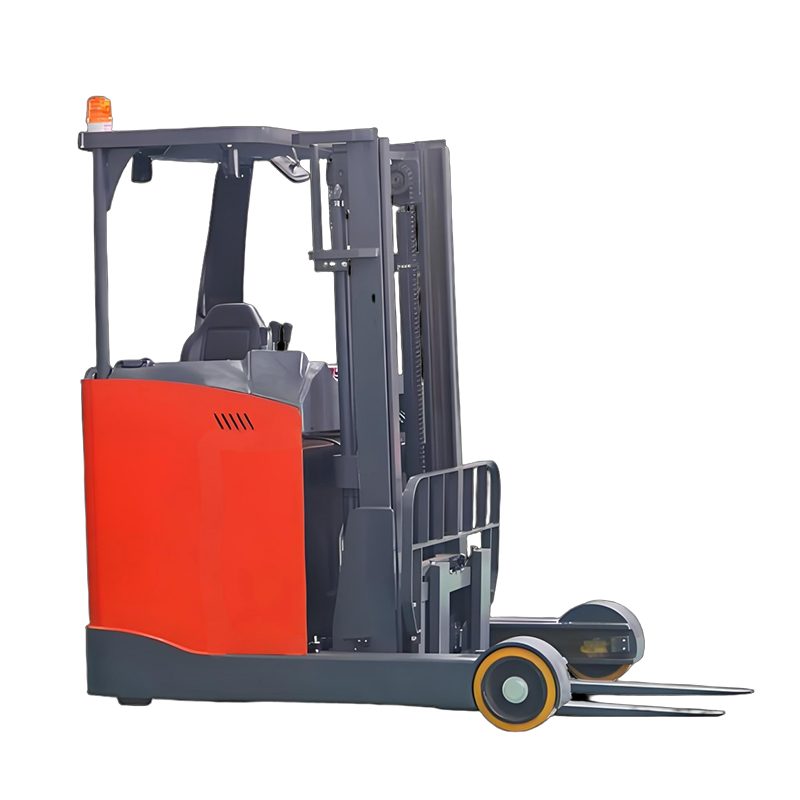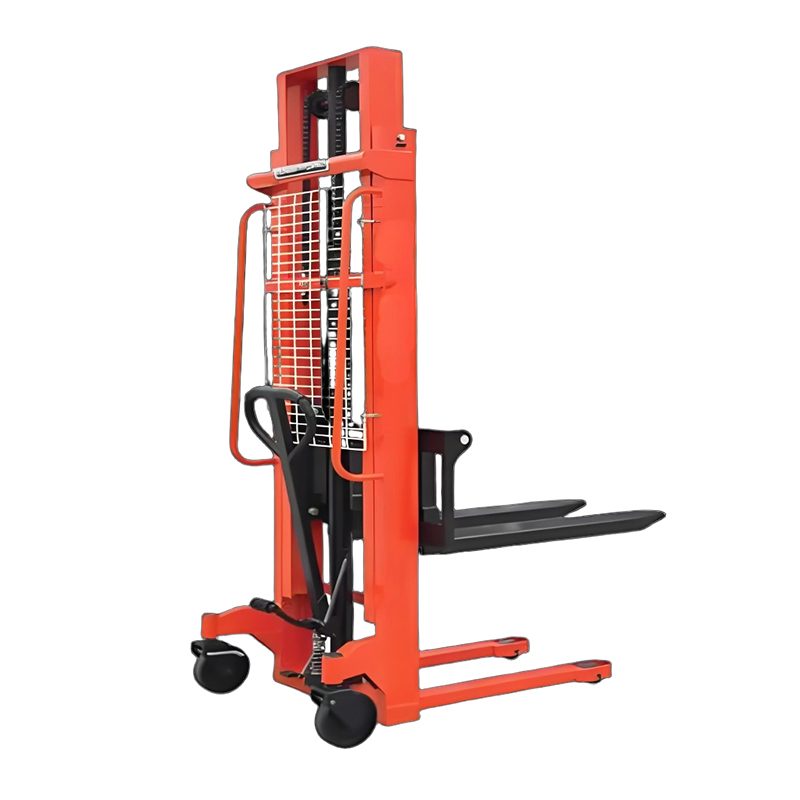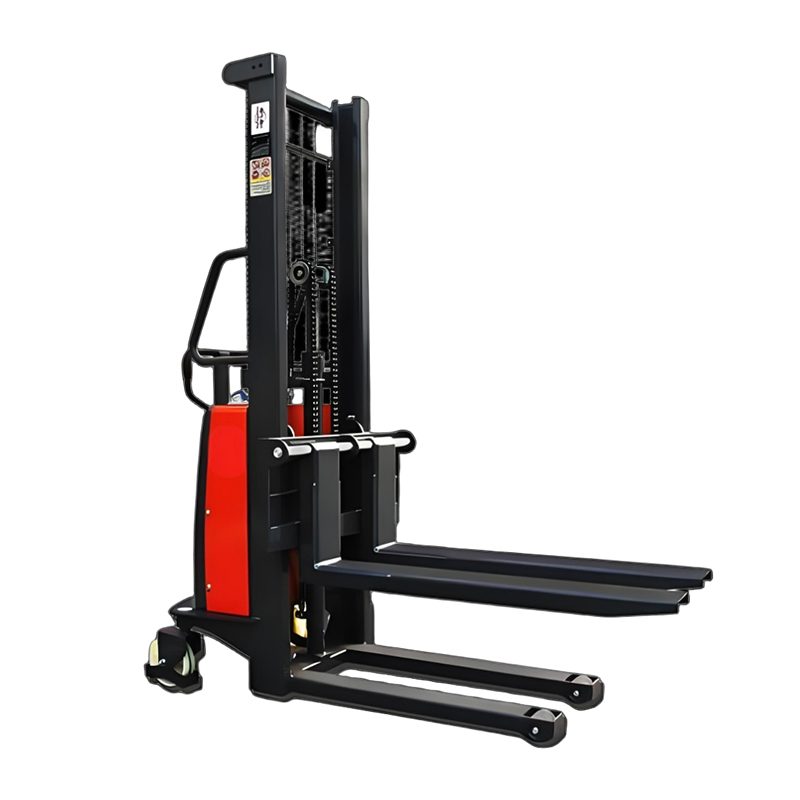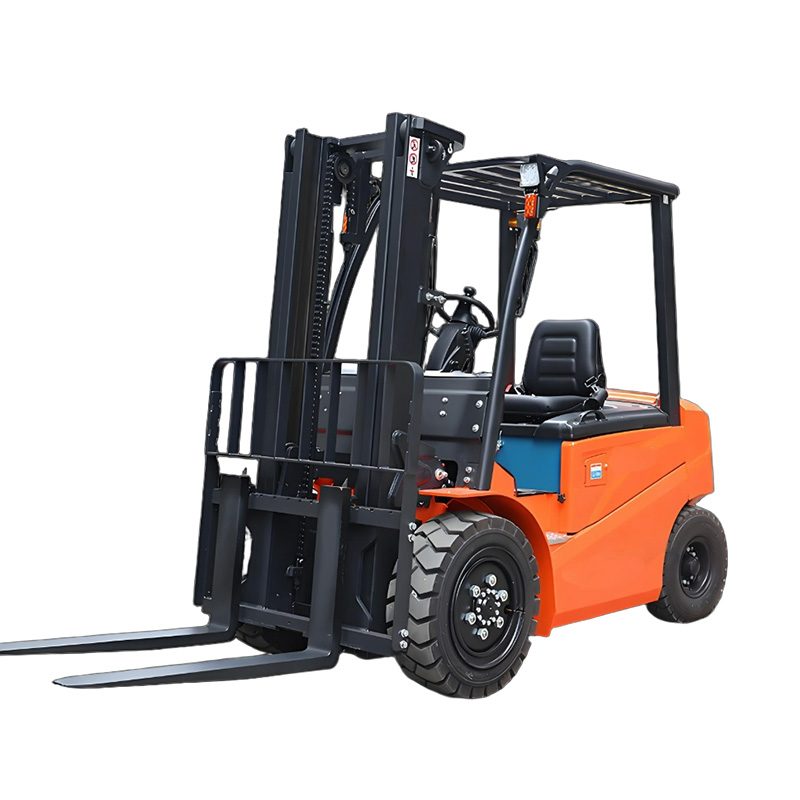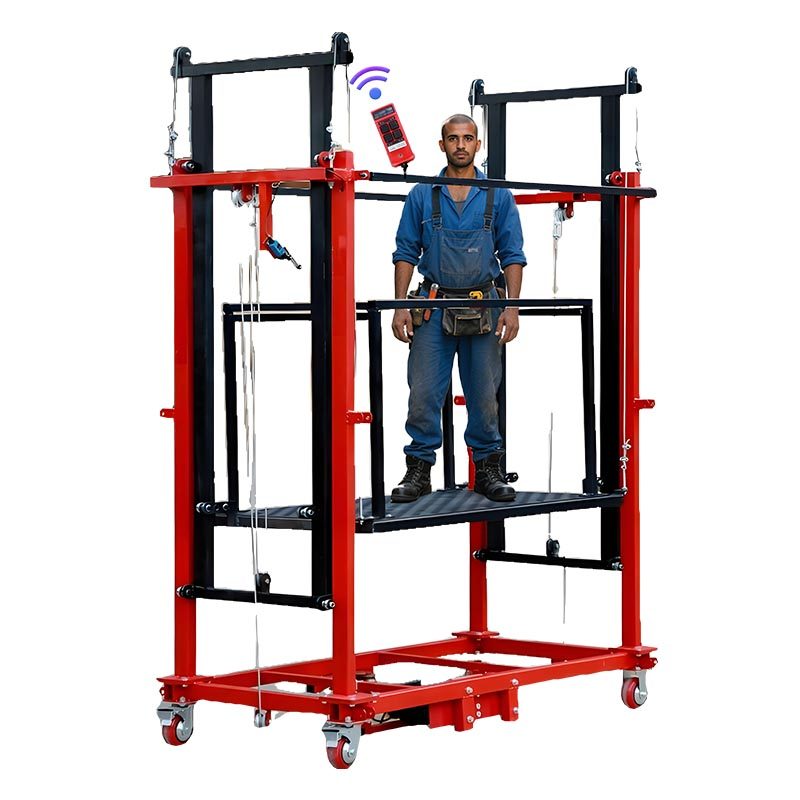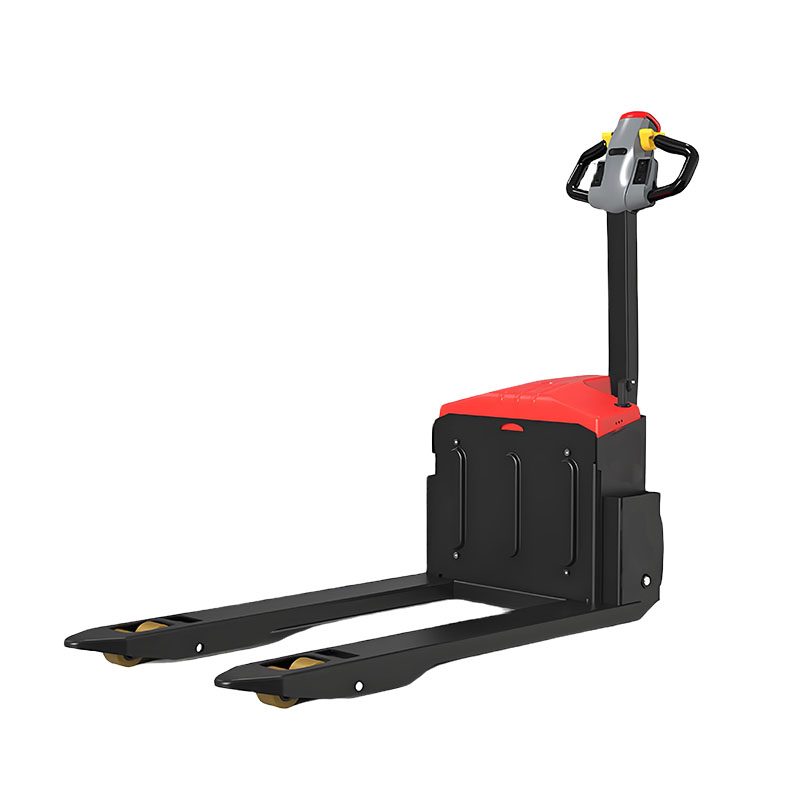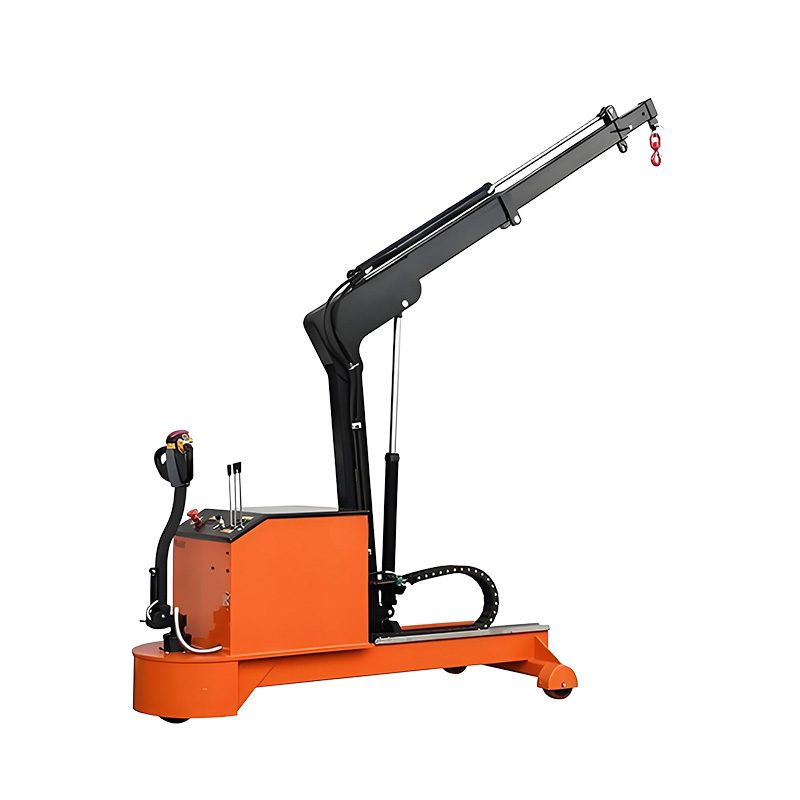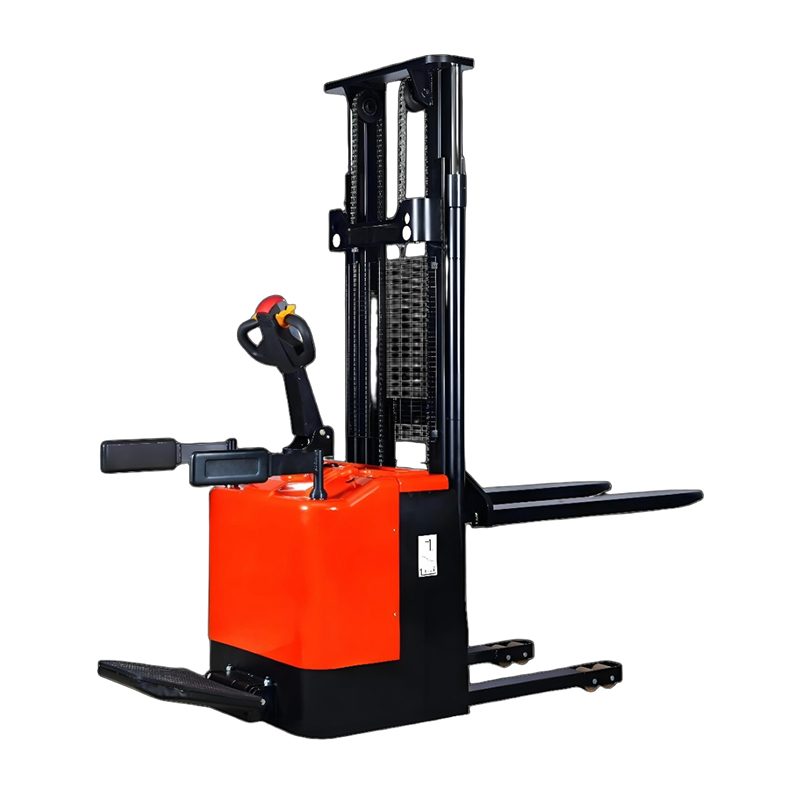In today’s global business environment, understanding safety standards across different markets has become essential for forklift procurement and operation. Whether entering the European market, North American market, or other regions, CE, OSHA, and ANSI represent the most important safety standards in the industry. This article provides a detailed analysis of these standards’ requirements and differences.
CE Marking: The Key to European Market Access
The CE mark serves as a “passport” for products entering the European Economic Area. This marking indicates that the product meets the essential health and safety requirements outlined in the EU Machinery Directive (2006/42/EC).
Core requirements include:
- Complete risk assessment documentation
- Compliance with relevant harmonized standards
- Technical documentation filing
- Signed EU Declaration of Conformity
- Affixing CE marking to the product
Practical Application Advice:
When purchasing CE-marked forklifts, always request complete technical documentation from suppliers. This documentation should include detailed information such as product design drawings, calculations, and test reports. Ensure the CE certificate is issued by a notified body recognized by the EU, and avoid confusing the CE mark with the “China Export” mark used by some companies.
OSHA Standards: Workplace Safety Assurance in the US
The standards established by the Occupational Safety and Health Administration focus primarily on personnel safety in workplaces. While OSHA doesn’t directly certify products, its standards specify clear requirements for forklift design and usage.
Main regulations include:
- 29 CFR 1910.178 for powered industrial trucks
- Operator training and certification requirements
- Regular inspection and maintenance provisions
- Workplace safety regulations
Important Note:
Using forklifts in the US requires not only ensuring equipment meets design standards but also emphasizing operator training and daily safety management. Equipment should be equipped with complete safety devices, including overhead guards, alarm systems, seat belts, etc.
ANSI Standards: Detailed Technical Specifications
The ANSI B56 series standards provide detailed technical specifications for industrial vehicles. Unlike OSHA, ANSI standards focus more on product technical requirements and testing methods.
Key standards include:
- ANSI/ITSDF B56.1 for low lift and high lift trucks
- ANSI/ITSDF B56.5 for guided industrial vehicles
- ANSI/ITSDF B56.6 for rough terrain forklift trucks
Technical Requirements Focus:
- Stability test verification
- Safety design of control systems
- Visibility standards
- Noise and vibration limits
Comparative Analysis of Three Major Standards
The following table provides clearer understanding of each standard’s characteristics:
| Aspect | CE Marking | OSHA Standards | ANSI Standards |
|---|---|---|---|
| Applicable Scope | European Economic Area | US Workplaces | North America |
| Focus Areas | Product Safety | Workplace Safety | Technical Specifications |
| Certification Method | Third-party Certification | Usage Regulation | Self-declaration |
| Update Frequency | Regular Updates | Revised as Needed | Periodic Review |
Procurement Advice and Practical Guidance
Key Considerations When Selecting Equipment:
- Identify Target Markets: Choose appropriate certification based on sales regions
- Verify Certificate Authenticity: Confirm certification information through official channels
- Review Technical Documentation: Ensure documents are complete and up-to-date
- Attention to Details: Confirm safety labels and warning markings are complete
- Consider Upgrades: Allow room for improvements when standards update
Recommendations for Usage Process:
- Establish equipment certification archives
- Conduct regular compliance checks
- Monitor standard update information
- Maintain communication with suppliers
- Implement necessary improvements promptly
Frequently Asked Questions
Q: Do CE certificates have validity periods?
A: CE certificates themselves don’t have fixed validity periods, but require re-certification when standards update or products change.
Q: Are ANSI standards mandatory?
A: ANSI standards are essentially voluntary but are generally regarded as industry norms in the North American market.
Q: How to ensure OSHA compliance?
A: Beyond the equipment itself, establish comprehensive safety management systems and training programs.
Conclusion
In the global market environment, understanding and complying with different safety standards is not only a legal requirement but also reflects corporate social responsibility. By systematically understanding the three major standards of CE, OSHA, and ANSI, companies can better develop procurement strategies, ensure equipment safety, and avoid compliance risks.
When selecting suppliers, prioritize partners with complete certification credentials and comprehensive technical support capabilities. Additionally, establish internal standard tracking mechanisms to stay updated on regulatory changes and ensure continuous compliance.
Looking for Internationally Compliant Forklift Equipment?
We provide fully certified forklift products with complete technical documentation and after-sales service to help you successfully enter target markets.
Get Product Information | Contact Sales Consultant
Related products
